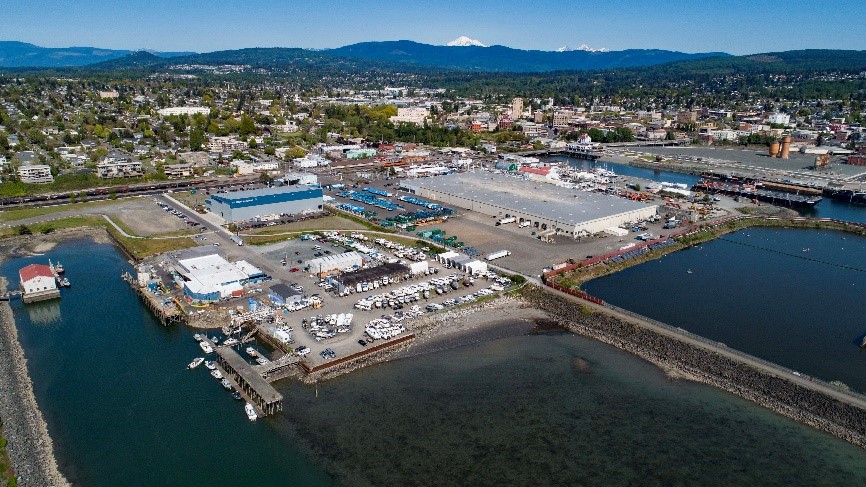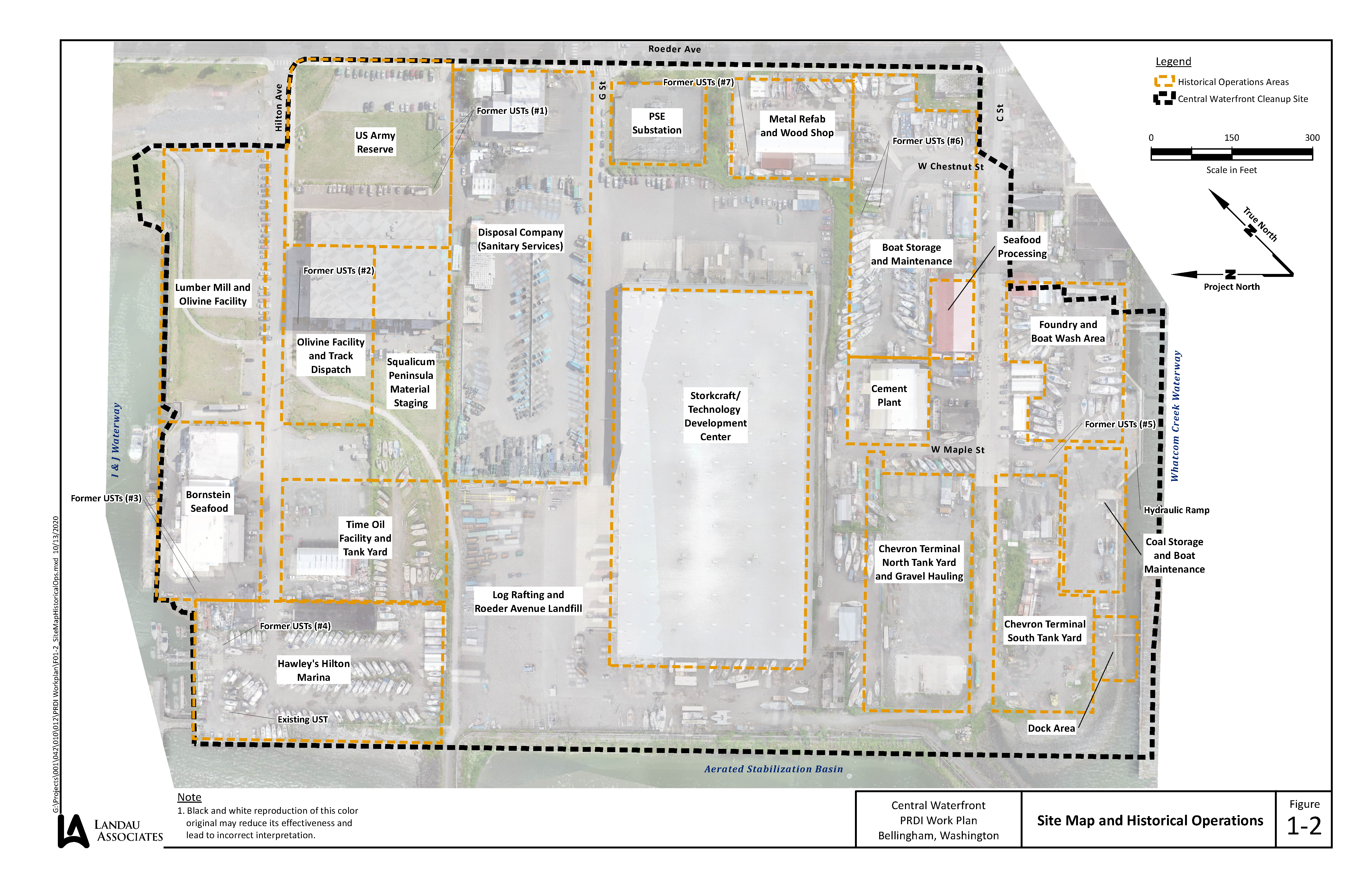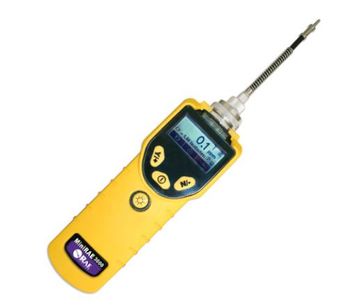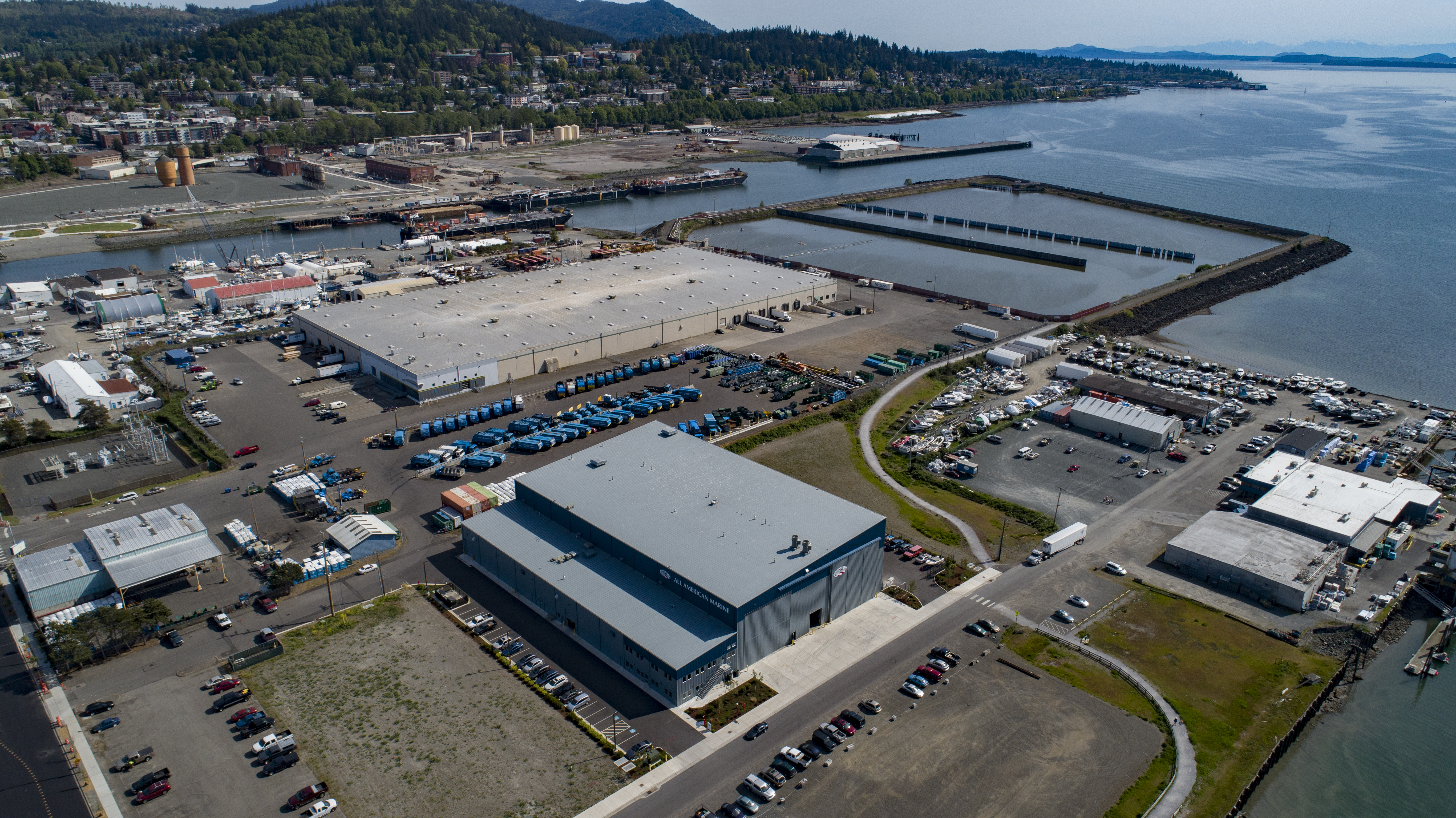
How do you investigate contamination in a busy mixed-use marine trades area on a former landfill — and still keep the waterfront working? Very carefully, with high-tech tools and lots of communication!
Crews with gas analyzers, drilling machines, and excavation equipment are getting set to do just that. They’re carefully coordinating their investigation work with the Port of Bellingham, waterfront businesses, and us.
Over the past seven years, we’ve overseen the cleanup of portions of the Central Waterfront site on Bellingham Bay. The port and the City of Bellingham are getting ready to advance the site to its final cleanup step. First, we need additional information to help design the remaining cleanup work.
Contractors will test the soil, groundwater, and air on this busy working waterfront site.
It’s been a busy year for this type of fieldwork on Bellingham Bay. See our other stories about the neighboring cleanup sites: I & J Waterway and Whatcom Waterway
Where is this site in the cleanup process? And, what happens next?
The planned fieldwork, called a pre-remedial design investigation, will provide additional information to complete engineering design of the final cleanup action.
The port and city are conducting this fieldwork in accordance with an Agreed Order with Ecology.
Engineering design and permitting for cleanup will take about two years to complete, with construction work expected as early as 2022. The cleanup work will include a combination of removing and capping contaminated soil, monitoring conditions, and restricting certain land use activities.
What happened here?
Central Waterfront site historical operations.
What will I see happening on the Bellingham waterfront?
The port and city are cleaning up contamination from this landfill and the site’s other historical industrial uses. Click on the image to the right to view a map of the site’s historical operations.
Investigating soil and groundwater
Direct-push drill rig example.
In addition, to understand the quality of groundwater at the northwest corner of the site, crews will install and sample one groundwater monitoring well.
Evaluating existing caps
A key aspect to the final cleanup of this site is to cap contaminated soil and refuse, to prevent them from coming in contact with people and the environment. Crews will visually inspect existing paved areas and note conditions. They also will excavate a series of test pits to determine the thickness of existing gravel that covers sections of the old fill.
Assessing existing natural processes affecting groundwater
Monitored Natural Attenuation (MNA) is how scientists keep watch on the natural processes that reduce levels of contamination in groundwater. Crews will use a network of existing and new MNA wells to sample groundwater, both now and at regular intervals over the long term.
The pre-remedial design investigation plan has details on the specific locations of these wells.
Investigating landfill gas
Portable flame ionization detector.
Crews will also use hand-held analyzers to evaluate soil vapor and take samples from 14 temporary gas probe locations as well as the five existing groundwater monitoring well locations. Crews will also establish seven permanent landfill gas monitoring probe locations.
Assessing groundwater flow
Looking south over the Central Waterfront site to the neighboring ASB treatment lagoon. May 2019.
Evaluate the shoreline
In the site’s northwestern corner crews will evaluate the shoreline conditions to determine the need for capping. They will take pictures of the site at different tides, note any damage or deterioration, and compare current and historical conditions.
Funding
Pre-remedial design investigation activities are expected to cost $300,000. The port and city are eligible for reimbursement of up to half of their cost from us through the state’s Remedial Action Grant Program, which helps pay for the cleanup of publicly-owned sites. The Legislature funds the grant program with revenues from a tax on hazardous substances
Cleaning up Bellingham Bay
The Central Waterfront site is one of 12 Bellingham Bay cleanup sites coordinated through the Bellingham Bay Demonstration Pilot. The pilot is a bay-wide multi-agency effort to clean up contaminated sediment, control sources of sediment contamination, and restore habitat, with consideration for land and water uses. In 2000, participants in this initiative developed the Bellingham Bay Comprehensive Strategy.






